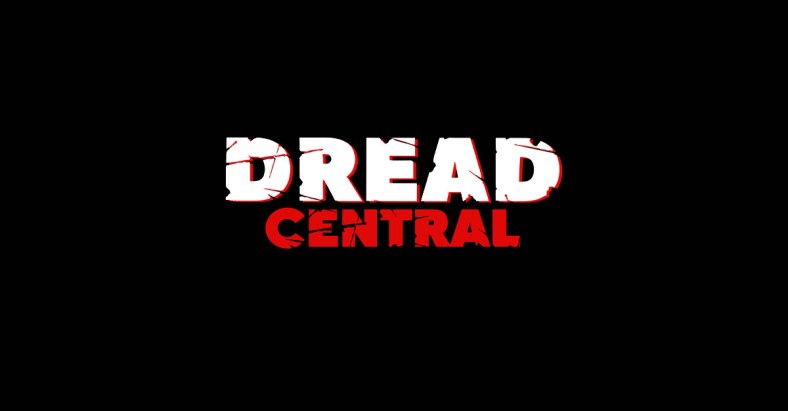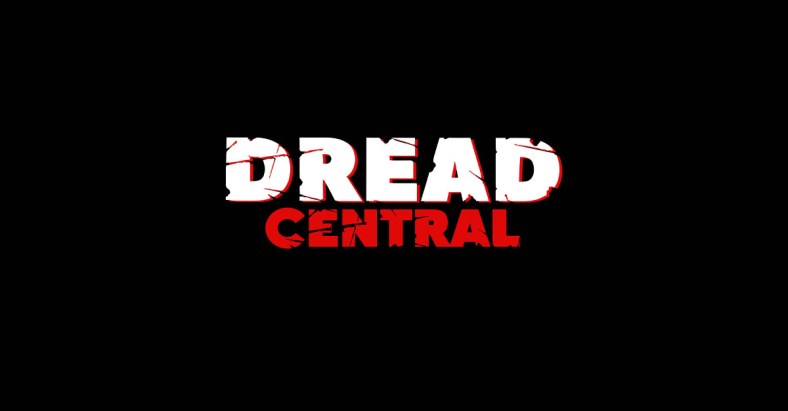The Fourth Part of the Trilogy: Revisiting The Lost Three Mothers “Sequel” The Black Cat

While Inferno is considered a classic from Dario Argento’s golden era now, it was released to a fairly muted reception in 1980. A big reason for this is that it barely saw release outside Italy, with co-financer 20th Century Fox growing cold on the project after a management change. It was the second part of Argento’s planned Three Mothers trilogy, which follows the exploits of three nasty witches, with the concept being inspired by author Thomas de Quincey’s Suspiria De Profundis. Argento’s previous film Suspiria proved to be a surprise hit for Fox, so they were initially hot on a sequel. According to Argento, he showed Inferno to new studio head Sherry Lansing, who responded with revulsion; this may sound like a good reaction for a horror flick, but she hated the film and it subsequently languished on a shelf before being released straight to video in 1985.

This was doubly crushing for Argento following Inferno’s tough production, where he was ill with hepatitis for much of the shoot, and his mentor Mario Bava stepped in to helm certain sequences. Argento then put his concluding chapter on hold, returning to the Giallo genre with his next film Tenebrae. As the years rolled by he showed little interest in finishing the trilogy, but co-creator Daria Nicolodi was eager to see it completed. She shared her concepts for a potential third film with Luigi Cozzi, a frequent Argento collaborator and the director behind enjoyably trashy fare like Starcrash and Contamination – a film that somehow mashes Alien with a Roger Moore Bond movie.
Nicolodi soon felt Cozzi wasn’t the best fit for her vision of the story, so she withdrew but allowed him to use some of her ideas. Aside from being a filmmaker, Cozzi is also a huge movie nerd, which can be seen from the references he litters throughout his work. He intended his film to be an unofficial end to the Third Mothers trilogy whilst being a tribute to his friend and mentor Dario. It was developed with the title De Profundis (From The Deep), but the American distributors were planning a movie series based on the works of Edgar Allen Poe, so they forced Cozzi to call it The Black Cat and insert random shots of black cats to justify the name. The Poe series never materialized, and the film has also been dubbed Demons 6 in some territories despite having nothing to do with that series.
Since Cozzi didn’t want to step on Argento’s toes he concocted an intriguing meta-concept for The Black Cat. Instead of being a direct sequel the story follows a group of filmmakers working on a movie about Levana, the Mother of Tears. Suspiria and Inferno followed the Mother of Sighs and Mother of Darkness respectively, so the characters within this story want to make a separate movie about the dreaded third mother. The director casts his wife Anne as Levana but she soon suffers horrible nightmares about the witch and reality and fiction start to blur wildly.

It’s a concept positively glowing with potential and it’s easy to see how Argento in his prime could have made something special from it; alas, Cozzi is no Argento. It starts well, opening with a cryptic sequence where a woman drives to a deserted building to confront a killer, who is visually inspired by the blank-faced murderer from Bava’s Blood and Black Lace. The sequence is bathed in lurid colors meant to invoke Argento’s work. It turns out this sequence is from a film Anne is working on, with the director is played by none other than Michele Soavi in a brief cameo. The early potential of The Black Cat fades away when the plot kicks in though, and a tidal wave of awkward exposition, ropey performances and sluggish pacing washes over the film.
Most of The Black Cat is a series of dull conversations in cheap locations, with the occasional horror setpiece to spice things up. There’s a lot of potential in the blurred reality concept but Cozzi’s handling is too ham-fisted to generate suspense. Levana’s first attack on Anne comes where she bursts through a mirror – which intentionally evokes the finale of Inferno – and pukes green vomit on her, which just makes you feel bad for the poor actress. Anne then has a series of violent hallucinations throughout the story, including one where her television explodes and shoots green innards. It may sound like silly fun but the slack pace sucks the life out of it, so even the crazy moments feel underwhelming.
Levana herself made a brief appearance in Inferno as a beautiful music student, but The Black Cat presents her as a cheesy looking hag with glowing eyes. She’s never threatening, and while the story initially plays up the mystery of whether she even exists, the “reveal” can be seen a long way off. The twisting of reality yields a couple of good scenes, however, including one where a possessed Anne stabs her husband while getting into character. For a moment it genuinely feels real, until it fakes out again. It’s interesting to compare the film to something like New Nightmare or anime Perfect Blue, both of which follow an actress who goes so deep into a role her grip on reality – and her own identity – melts away. While those movies take the time to develop themes and play with the idea of reality versus fiction, Cozzi often uses The Black Cat as a springboard for reheated scares from better movies.
In a neat touch, the film references the existence of the two previous movies, with the Suspiria theme even playing a couple of times. Cozzi also pays tribute to himself in one sequence, where Levana explodes the chest of an unlucky victim in a shot that wouldn’t look out of place in Contamination. Overall The Black Cat is a patchwork of ideas that never gel together, going from stilted satire on the film business to a scene with a haunted fridge the next. None of the performers are doing their best work, though Caroline Munro is fun as Anne’s catty co-star. Cozzi displays occasional directorial flare too, from a recurring mirror motif to a couple of impressive camera moves. The finale manages to be suitably bonkers too, with the witch shooting lasers at Anne – who for some reason has discovered the ability to rewind time.

Buried somewhere deep inside The Black Cat is a fascinating meta-commentary on the genre and filmmaking, but it’s trapped under a sloppy horror movie. Ironically while Cozzi was shooting it Argento was working on his version of The Black Cat for the anthology Two Evil Eyes. Cozzi’s little-seen tribute got lost in the fallout of its production company 21st Century Film Corporation going bankrupt and as a result, it’s difficult to track down, though it does pop up on streaming sites now and again. Dario’s reaction to the film is difficult to nail down. In an interview on the Arrow Blu-ray for Inferno Cozzi claims he showed it to his mentor and that he enjoyed it, while Dario denies having watched it, and claims Cozzi kept it away from him.
Categorized:Retrospectives
